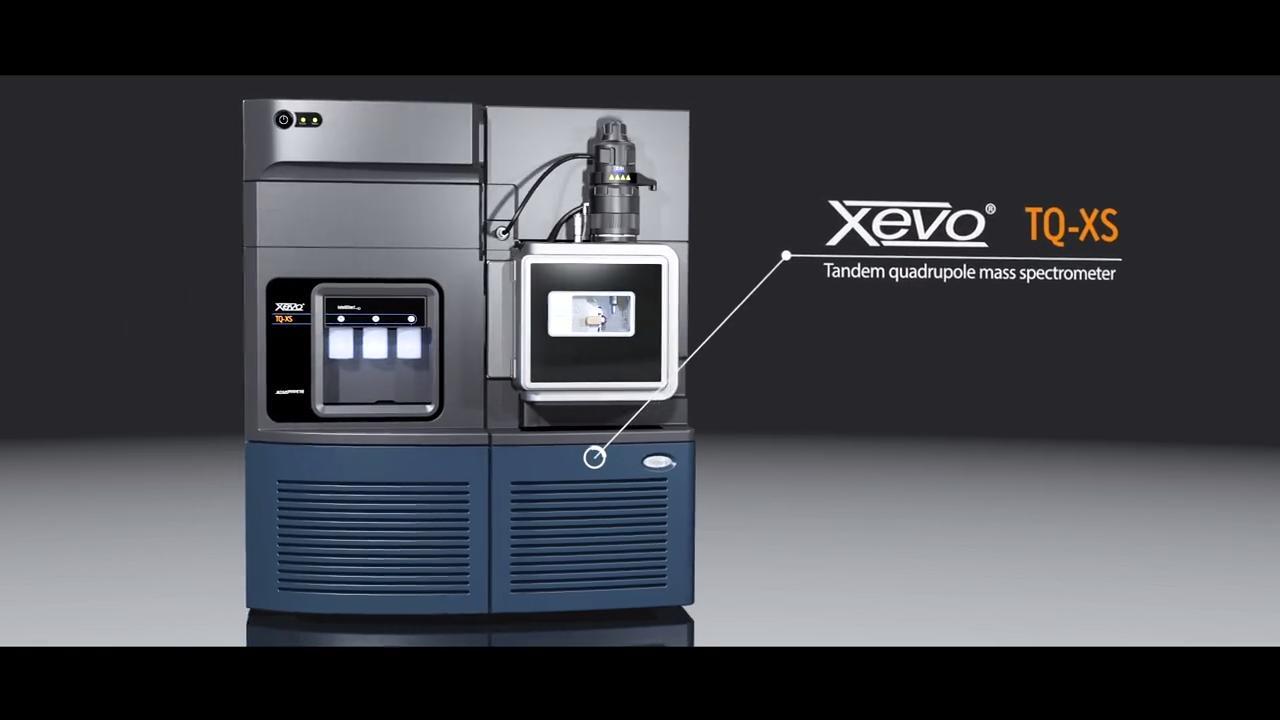Preventive Maintenance for Waters LC-MS Systems
1. Introduction to LC-MS Maintenance
Liquid Chromatography-Mass Spectrometry (LC-MS) systems, such as Waters’ Xevo series (TQ-S, G2-XS, TQ-XS), are sophisticated analytical instruments widely used in pharmaceutical, environmental, and biochemical laboratories. These systems combine chromatographic separation with mass spectrometric detection, providing high sensitivity and specificity. However, their complex components require routine preventive maintenance to ensure optimal performance, reproducibility, and longevity.
Preventive maintenance addresses wear, contamination, and system drift before they affect data quality or cause unexpected downtime. Regular upkeep minimizes costly repairs, reduces instrument failures, and maintains analytical accuracy. This article provides a detailed maintenance schedule, safety guidelines, required tools, and step-by-step procedures tailored for Waters Xevo LC-MS systems.
2. Maintenance Schedule
| Interval | Task | Notes |
|---|---|---|
| Daily |
| Perform before starting daily runs |
| Weekly |
| Use manufacturer-recommended solvents and tools |
| Monthly |
| Refer to user manual for part numbers and procedures |
| Quarterly (Every 3 months) |
| Engage certified service technician if necessary |
| Annually |
| Coordinate with Waters certified service |
Safety Precautions
- Electrical Safety: Always power off and unplug the instrument before performing maintenance to prevent electric shock.
- Chemical Handling: Use appropriate PPE (lab coat, gloves, goggles) when handling solvents or cleaning agents.
- Vacuum System: Avoid opening vacuum components under pressure; allow sufficient pump-down time.
- Sharp Components: Exercise caution when handling needles, connectors, and metal parts to avoid cuts.
- Ventilation: Perform cleaning in well-ventilated areas or fume hoods to avoid inhalation of solvent vapors.
4. Required Tools and Supplies
- Waters approved cleaning solvents (e.g., methanol, isopropanol, water, specialized cleaning solutions)
- Lint-free wipes and swabs
- Hex wrenches and screwdrivers (as per instrument specifications)
- Replacement seals, gaskets, and pump components (manufacturer recommended parts)
- Vacuum pump oil (specific to instrument’s vacuum pump model)
- Personal protective equipment: gloves, safety goggles, lab coat
- Compressed air source (filtered and oil-free)
- Calibration standards and test mixtures
- Torque screwdriver (for critical fasteners)
- Lint-free gloves (optional, for handling sensitive components)
5. Step-by-Step Procedures
5.1 Daily Maintenance
- Check Solvent Levels: Verify that all solvent reservoirs (aqueous and organic) are adequately filled to prevent pump cavitation.
- Flush LC Lines: Flush the system with appropriate solvent, typically a strong wash solvent (e.g., 100% methanol) to remove sample residues.
- Clean Autosampler Needle: Using lint-free wipes soaked in methanol, gently wipe the exterior of the injection needle. Inspect for clogging or damage.
- Inspect System Pressure: Monitor pump pressure readings for abnormalities or leaks.
5.2 Weekly Maintenance
- Clean Ion Source: Power down instrument, remove ESI probe or APCI source, clean with methanol-soaked swabs. Avoid damage to delicate components.
- Inspect Pump Seals: Check for leaks or wear around pump heads. Tighten or replace seals if necessary.
- Clean Sample Loop and Rotor Seal: Remove and clean sample loop with compatible solvents. Inspect rotor seal for cracks and replace if worn.
- System Suitability Test: Run a known standard to verify retention times, peak shape, and mass accuracy.
5.3 Monthly Maintenance
- Replace Pump Seals and Check Valves: Follow manufacturer’s manual for replacement intervals. Use new seals and check valve assemblies to maintain pump efficiency.
- Clean/Replace Nebulizer and Ion Optics: Carefully remove and clean nebulizer with methanol. Inspect ion optics for contamination and clean using swabs.
- Perform Mass Calibration: Use calibration standards to recalibrate mass axis ensuring resolution and accuracy remain within specifications.
- Vacuum System Inspection: Check ion transfer tubes and vacuum seals. Clean or replace as necessary to maintain vacuum integrity.
- Replace Solvent Filters and Degasser Membranes: Remove inline solvent filters and degasser membranes, replace with new parts to prevent clogging and bubbles.
5.4 Quarterly Maintenance
- Deep Clean Ion Source: Disassemble ion source components including skimmer and multipole rods. Clean using appropriate solvents and tools.
- Service Vacuum Pumps: Change vacuum pump oil or replace pump as per manufacturer’s recommendations.
- Software & Firmware Updates: Check Waters website or contact support for latest updates to improve system stability and features.
- Review System Logs: Analyze error logs for recurring issues that may indicate underlying problems.
5.5 Annual Maintenance
- Full Preventive Service: Coordinate with Waters certified service engineers for comprehensive inspection and replacement of aging parts.
- Performance Qualification: Verify system performance meets required regulatory and internal standards.
- Documentation: Update maintenance logs, calibration certificates, and service records.
6. Troubleshooting Common Issues
Issue: Unstable Baseline or Noise
- Check solvent quality and degassing.
- Clean ion source and replace worn seals.
- Verify pump seals and check valves for leaks.
Issue: Pressure Fluctuations or Drops
- Inspect LC tubing and fittings for leaks or blockages.
- Replace pump seals and check valves.
- Flush system to remove precipitates or debris.
Issue: Reduced Sensitivity or Signal Loss
- Clean or replace ion optics and nebulizer.
- Check vacuum pump performance and oil level.
- Perform mass calibration and tune instrument.
Issue: Autosampler Injection Failures
- Inspect and clean injection needle and seals.
- Check rotor seal integrity and replace if necessary.
- Verify sample loop condition and replace if damaged.
7. References
- Waters Corporation. Xevo Mass Spectrometer Maintenance Guide. Waters Technical Support, 2023. https://www.waters.com/
- Niessen, W. M. A. Liquid Chromatography-Mass Spectrometry, Third Edition. CRC Press, 2006.
- Kind, T., & Fiehn, O. (2010). Advances in Mass Spectrometry-Based Metabolomics. Trends in Analytical Chemistry, 29(1), 30-36. https://doi.org/10.1016/j.trac.2009.09.004


